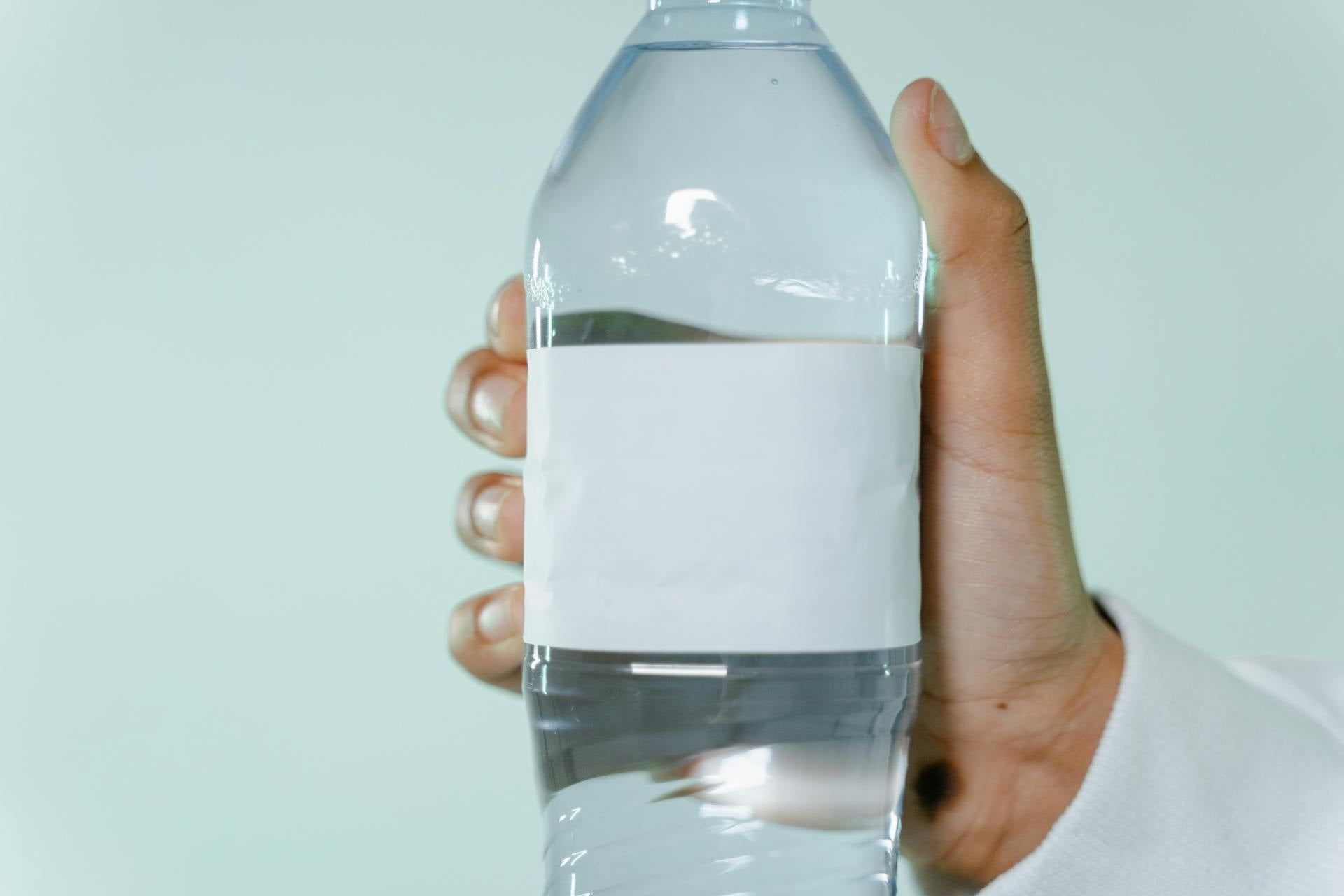In Australia, vaping products containing nicotine are regulated as prescription-only medicines. This unique regulatory environment means that understanding the components of your e-liquid, such as Propylene Glycol (PG) and Vegetable Glycerin (VG), is crucial for both patients and healthcare providers. Whether you're researching vaping flavours, nicotine vaping, or prescription vaping, knowing the roles of PG and VG can help you make informed choices about your prescription vape.
What is Propylene Glycol (PG)?
Propylene Glycol is a synthetic organic compound that is colorless, odorless, and tasteless. In vaping, PG serves as a carrier for flavors and nicotine. Its characteristics significantly influence the vaping experience:
- Throat Hit: PG provides a stronger throat hit, similar to the sensation of smoking traditional tobacco.
- Flavor Intensity: PG is effective at carrying and delivering intense flavors, making it a suitable solution for those who prefer more pronounced vaping flavours.
- Consistency: PG has a thinner consistency than VG, which allows it to wick easily in most vaping devices without clogging the atomizer.
What is Vegetable Glycerin (VG)?
Vegetable Glycerin is a natural substance derived from vegetable oils. It is thicker and sweeter than PG, and its characteristics contribute differently to the vaping experience:
- Vapor Production: VG is known for producing large, dense clouds of vapor.
- Smoothness: VG provides a smoother throat hit, which can be more comfortable for some smokers, especially those who find PG too harsh.
- Flavor Delivery: While VG carries flavors well, it tends to produce a sweeter taste, which can slightly alter the original flavor profile of the e-liquid.
Balancing PG and VG in E-Liquids
Most e-liquids contain a mix of PG and VG, allowing vapers to balance their personal needs. Common ratios include 50/50, 70/30, and 30/70, referring to the percentage of PG and VG respectively. The ratio you choose depends on your personal individual needs and your vaping device.
- 50/50: A balanced ratio that offers a good throat hit, flavor intensity, and vapor production. Suitable for most standard vaping devices.
- 70/30: Higher PG content provides stronger flavor and throat hit, ideal for mouth-to-lung (MTL) vaping.
- 30/70: Higher VG content produces more vapor and a smoother hit, perfect for direct-to-lung (DTL) vaping and sub-ohm devices.
Vaping Flavours and Nicotine Vaping in Australia
In the context of prescription vaping in Australia, the choice of PG/VG ratio can significantly impact your vaping flavours and nicotine vaping product. Higher PG e-liquids are better for preserving vaping flavors, while higher VG e-liquids enhance sweetness and produce larger aerosol, enhancing the sensories.
Nicotine strength also interacts with PG and VG. Higher nicotine levels typically work well with higher PG ratios, providing a closer throat hit that mimics smoking. Lower nicotine strengths are often paired with higher VG ratios, focusing on smooth delivery and vapor production.
Prescription Vaping in Australia
In Australia, nicotine vaping products are a second line treatment for those who have attempted to quit using first line therapies or are currently managing a nicotine dependence. Obtaining vaping products with nicotine requires a prescription from a healthcare provider and for you to source from an Australian pharmacy like Tabuu. This regulation ensures that the use of nicotine vaping products is closely monitored and tailored to individual needs, particularly for smoking cessation or managing a nicotine dependence. Prescription vaping products are carefully formulated and QA tested to ensure there is a consistent PG/VG ratio, ensuring the same product each time.
Understanding PG and VG can help patients communicate their preferences more effectively with healthcare providers, ensuring a personalized and effective prescription vaping treatment plan. For instance, if you prefer a strong throat hit and intense flavor, you might request a higher PG ratio in your prescription. Conversely, if you prefer smoother hits and large vapor clouds, a higher VG ratio might be recommended.
Conclusion
Both Propylene Glycol (PG) and Vegetable Glycerin (VG) play crucial roles in determining the quality and characteristics of your prescription vape. Whether you prioritize flavor intensity, throat hit, or vapor production, the right balance of PG and VG can enhance your adherence to medication minimising your chance of relapse back to cigarettes. Understanding these components can assist the conversation when in consultation with your Healthcare professional about vaping flavours, nicotine vaping, and prescription vaping, ensuring a personalized treatment plan.
By knowing the properties and effects of PG and VG, you can tailor your prescription vape plan in consultation with your healthcare professional to suit your needs.
